- Home
- Articles
- Architectural Portfolio
- Architectral Presentation
- Inspirational Stories
- Architecture News
- Visualization
- BIM Industry
- Facade Design
- Parametric Design
- Career
- Landscape Architecture
- Construction
- Artificial Intelligence
- Sketching
- Design Softwares
- Diagrams
- Writing
- Architectural Tips
- Sustainability
- Courses
- Concept
- Technology
- History & Heritage
- Future of Architecture
- Guides & How-To
- Art & Culture
- Projects
- Interior Design
- Competitions
- Jobs
- Store
- Tools
- More
- Home
- Articles
- Architectural Portfolio
- Architectral Presentation
- Inspirational Stories
- Architecture News
- Visualization
- BIM Industry
- Facade Design
- Parametric Design
- Career
- Landscape Architecture
- Construction
- Artificial Intelligence
- Sketching
- Design Softwares
- Diagrams
- Writing
- Architectural Tips
- Sustainability
- Courses
- Concept
- Technology
- History & Heritage
- Future of Architecture
- Guides & How-To
- Art & Culture
- Projects
- Interior Design
- Competitions
- Jobs
- Store
- Tools
- More
Exploring the Current Uses of Green Roofs: Benefits for Urban and Rural Spaces
Discover the growing uses of green roofs in urban and rural spaces, from improving air quality and reducing energy costs to managing stormwater and enhancing biodiversity. Explore examples like Chicago City Hall and Brooklyn Grange, the benefits of sustainable roofing systems, challenges of implementation, and future innovations shaping resilient, eco-friendly cities worldwide.
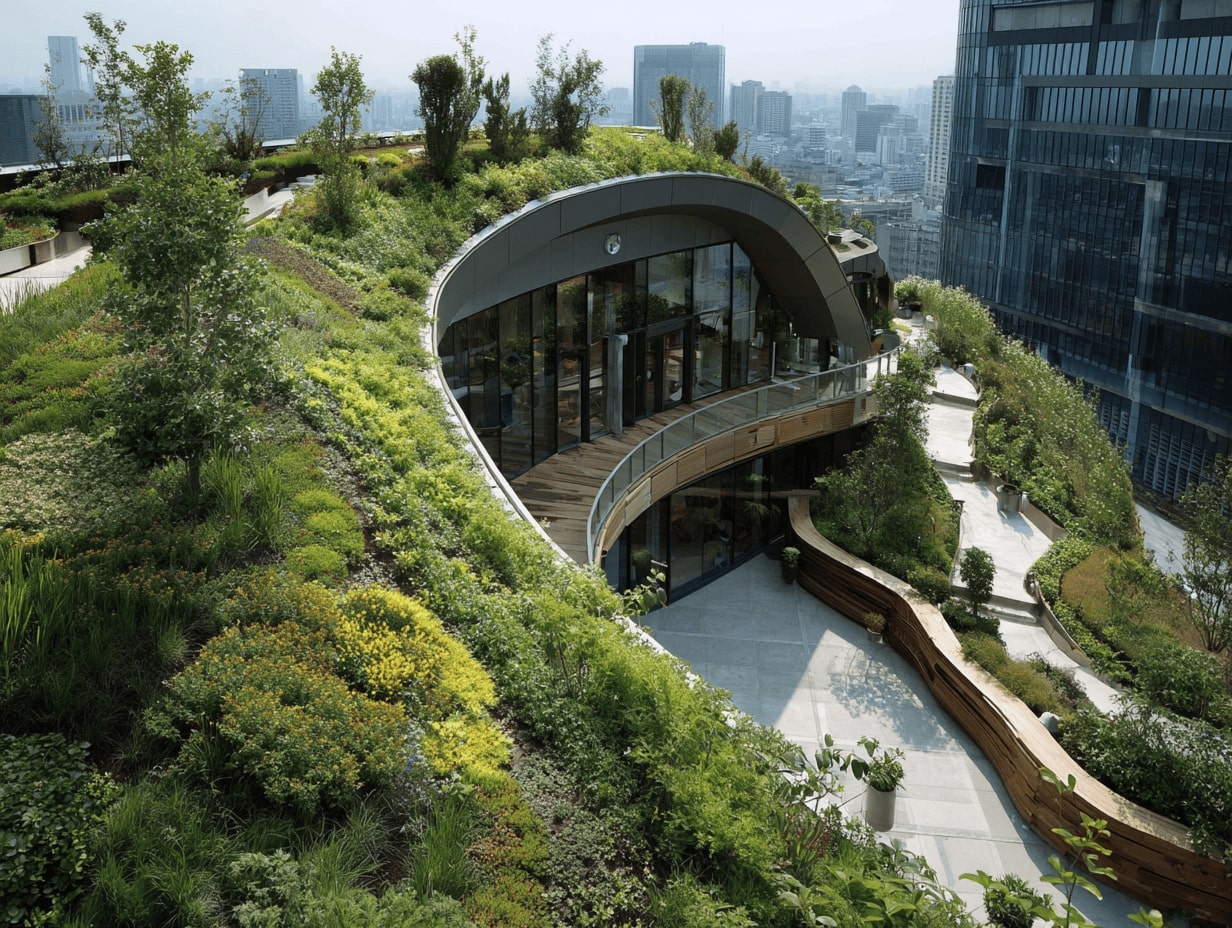
Green roofs are transforming urban landscapes, bringing nature to the heart of our cities. These innovative systems, covered with vegetation, offer more than just aesthetic appeal—they’re powerful tools for addressing environmental challenges. As urbanization continues to rise, green roofs are becoming essential for creating sustainable and resilient spaces.
We’re seeing green roofs being used in ways that go far beyond their initial purpose. From improving air quality to reducing energy consumption, they’re reshaping how we think about building design. Whether atop homes, offices, or public buildings, these eco-friendly solutions are proving their worth in cities worldwide.
Table of Contents
ToggleOverview Of Green Roofs

A green roof is a layered roofing system covered with vegetation, soil, or other plant-supporting materials. These systems are prevalent in various settings, such as residential buildings, commercial complexes, and public institutions. Examples include the Chicago City Hall’s green roof, which mitigates heat in the urban core, and the Brooklyn Grange in New York, serving as a rooftop farm producing local food.
Environmental Benefits Of Green Roofs
Green roofs offer significant environmental advantages by addressing critical urban challenges through their unique design and functionality. They enhance ecological systems while promoting sustainable infrastructure.

Reducing Urban Heat Islands
Green roofs reduce the urban heat island effect by lowering surface and air temperatures. Vegetation absorbs less heat compared to conventional roofing materials, helping to cool cities. For instance, the green roof on the Chicago City Hall has demonstrated temperature reductions of up to 7°F compared to nearby traditional rooftops. This benefit is particularly crucial for densely populated areas where heat retention is more severe.
Improving Air Quality
Green roofs improve air quality by filtering pollutants and increasing oxygen production. Plants capture dust, particulates, and chemicals from the air, contributing to healthier urban environments. The Brooklyn Grange rooftop farm in New York serves as an excellent example, combining air purification with agricultural productivity to support local ecosystems.
Stormwater Management
Green roofs efficiently manage stormwater by absorbing rainfall and reducing runoff. Their layers of soil and vegetation retain water, decrease peak flow, and alleviate pressure on drainage systems. For example, the Vancouver Convention Centre’s green roof, spanning over 6 acres, collects rainwater to support the region’s water management while promoting biodiversity. This functionality mitigates the risk of urban flooding during heavy rains.
Current Uses Of Green Roofs
Green roofs are widely integrated into urban and rural environments, serving functional and aesthetic purposes. Examples include the Brooklyn Grange in New York, a productive rooftop farm, and the Vancouver Convention Centre’s 6-acre green roof, which promotes biodiversity and stormwater management.
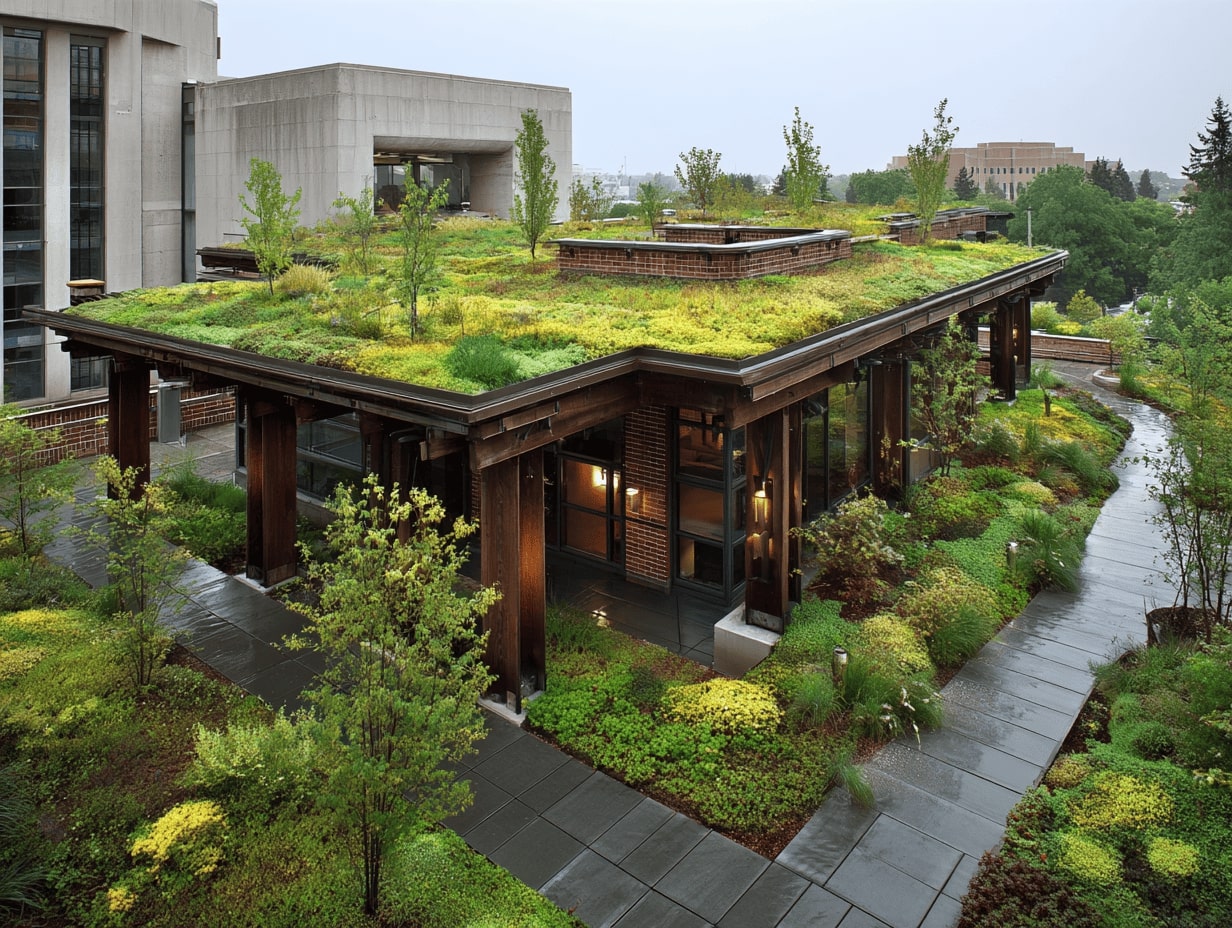
Residential Applications
Residential buildings use green roofs to enhance energy efficiency and provide natural insulation. In cities like Berlin, many homes integrate green roofs to lower energy costs and improve air quality. These roofs also expand usable outdoor space, offering areas for small gardens or leisure.
Commercial And Industrial Buildings
Commercial and industrial buildings apply green roofs to reduce operational expenses and increase property values. For instance, the Facebook headquarters in Menlo Park, California, features a 9-acre green roof that supports employee wellbeing with gardens and walking trails. Industrial facilities often use green roofs to reduce heat absorption and manage stormwater runoff.
Public And Community Spaces
Public and community spaces leverage green roofs to promote sustainability and social interaction. The Chicago City Hall green roof demonstrates this by reducing urban heat and hosting native plants. Similarly, schools and community centers use green roofs to create educational spaces focused on environmental awareness.
Challenges And Limitations
Despite their many advantages, green roofs face several challenges that limit their widespread adoption, particularly in regions lacking infrastructure or awareness.

Maintenance Requirements
Green roofs demand regular upkeep to ensure plant health, drainage functionality, and structural integrity. Tasks include irrigation, removal of invasive species, and periodic inspections to prevent leaks or water blockages. For instance, the intensive green roof at the Nanyang Technological University in Singapore incorporates diverse vegetation that necessitates frequent maintenance, including pest control and soil replenishment. In contrast, extensive green roofs with minimal species diversity, like Stuttgart’s expansive rooftop systems, require less frequent attention but still need monitoring.
Cost Considerations
Initial and ongoing expenses for green roofs are higher than traditional roofing systems. The installation process, involving waterproofing layers, root barriers, and specialized soil, increases costs significantly. For example, Chicago’s City Hall green roof incurred upfront costs exceeding $2.5 million, reflecting the complexity of large-scale projects. While economic benefits, such as reduced energy bills, offset these costs over time, affordability remains a barrier for smaller buildings or low-income regions.
Future Potential Of Green Roofs

Green roofs are poised to play a critical role in advancing urban sustainability and resilience. As cities face challenges like climate change, rising temperatures, and diminishing green spaces, integrating green roofs in urban planning offers innovative solutions. For example, modular green roofs could enable quick and cost-effective installations on commercial buildings, while vertical green roof systems may transform high-rise structures into eco-friendly hubs. Smart green roofs, equipped with sensors to monitor plant health and water usage, are another emerging innovation. Projects like the Bosco Verticale in Milan and the proposed Smart Roofs Initiative in Amsterdam highlight how green roofs can combine technology and nature to optimize environmental benefits and urban aesthetics.
Conclusion
Green roofs fulfill a variety of roles in both urban and rural landscapes, addressing environmental, social, and economic needs. For instance, the Vancouver Convention Centre’s extensive green roof reduces stormwater runoff while fostering biodiversity. Similarly, the Brooklyn Grange in New York integrates sustainable agriculture with air purification on a rooftop farm. On commercial properties, like Facebook’s Menlo Park headquarters, its 9-acre green roof prioritizes employee satisfaction and energy efficiency. These examples highlight the versatile applications of green roofs in improving city environments and supporting global sustainability goals.
- advantages of green roofs
- biodiversity green roofs
- commercial green roofing
- cooling urban heat islands
- eco-friendly roofing options
- energy efficient roofs
- environmental benefits of green roofs
- Green Architecture
- green roof installation
- green roof systems
- green roof technology
- green roofs and climate change
- green roofs benefits
- green roofs for homes
- rural green roofs
- rural sustainability practices
- sustainable roofing
- urban green roofs
- urban sustainability solutions
- vegetated roof systems
- water management green roofs
Submit your architectural projects
Follow these steps for submission your project. Submission FormLatest Posts
Sustainable Solutions in Contemporary Architecture: From Passive Design to Clean Energy
Sustainable solutions in contemporary architecture: a practical playbook to hit net-zero, cut...
Sustainable Coastal Construction: Building Resilience Where Land Meets Sea
Sustainable coastal construction expert guide: plan, design, and build resilient shorelines with...
Sunny Days, Secure Roof: Simple Steps to Shield Your Home
Your home is more than just a place to live—it’s a sanctuary....
Architecture of Climate: Designing for Heat, Cold, and Storms
Architecture of climate: a practical guide to designing for heat, cold, and...





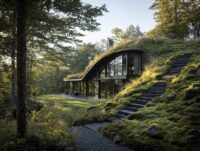
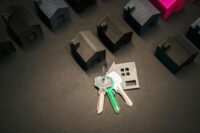
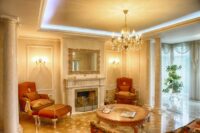
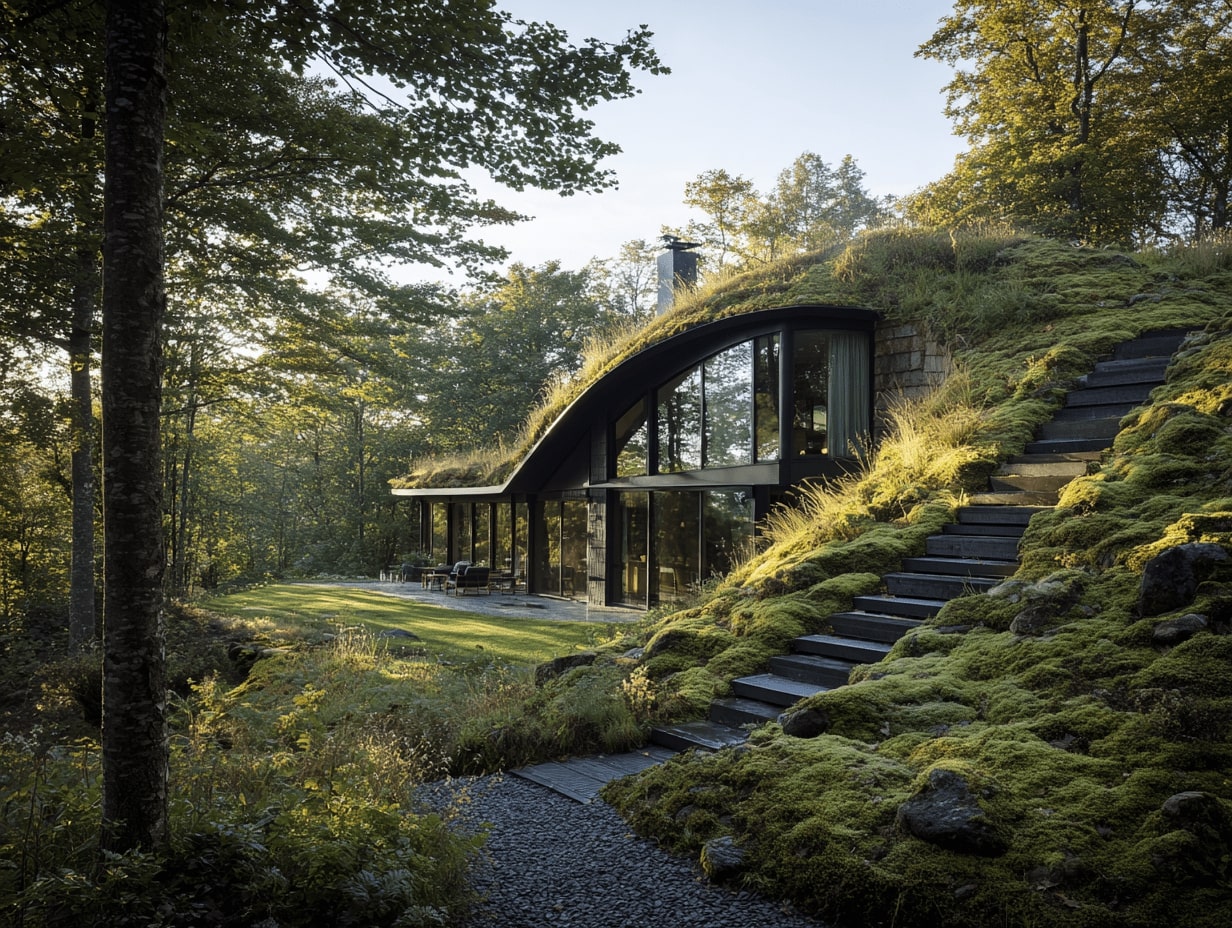

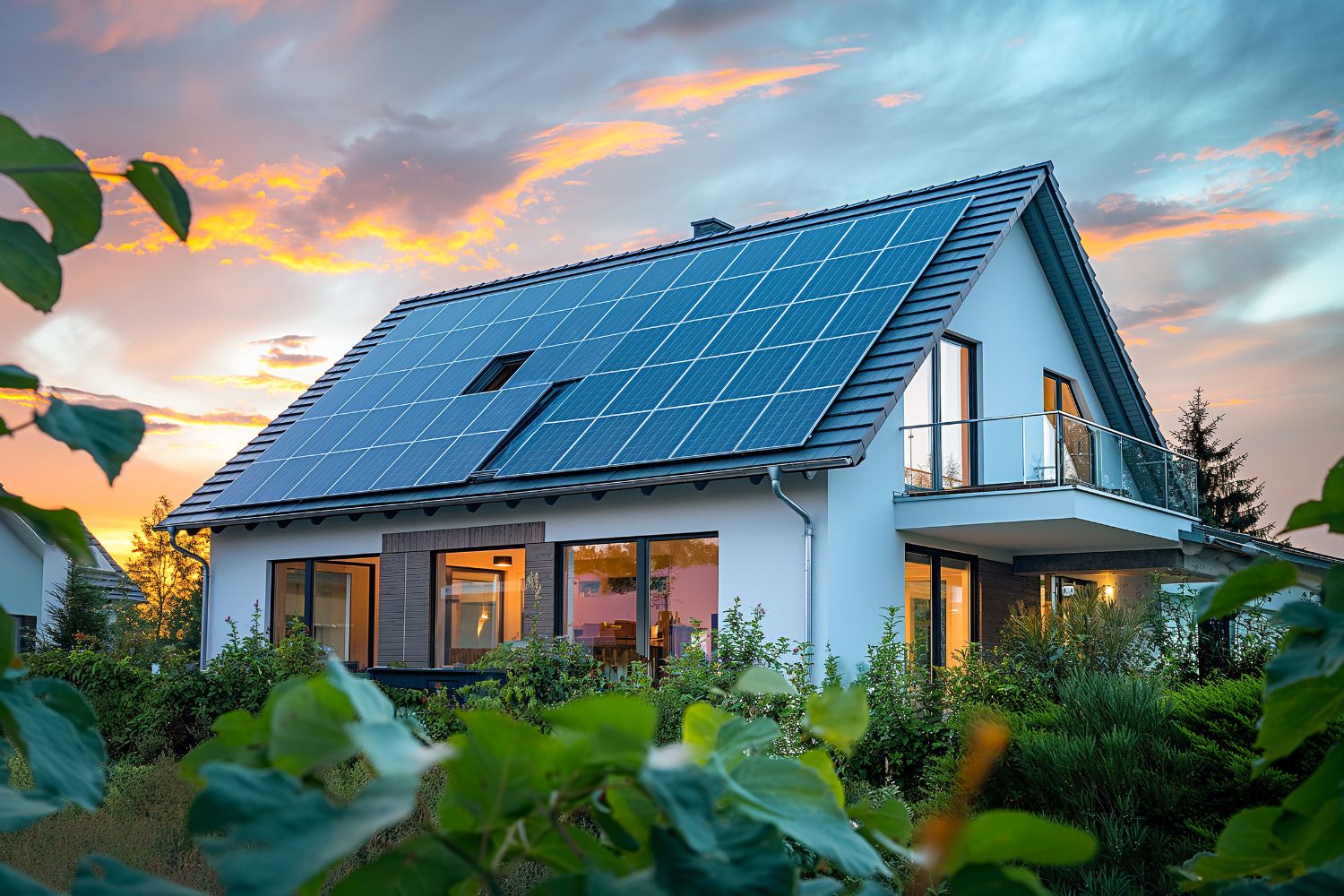

Leave a comment